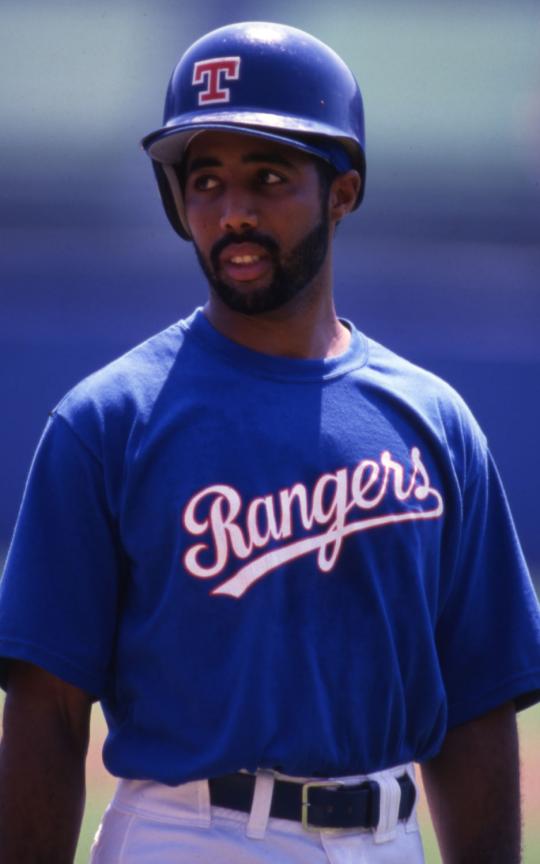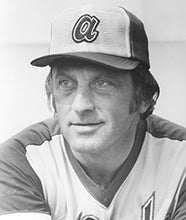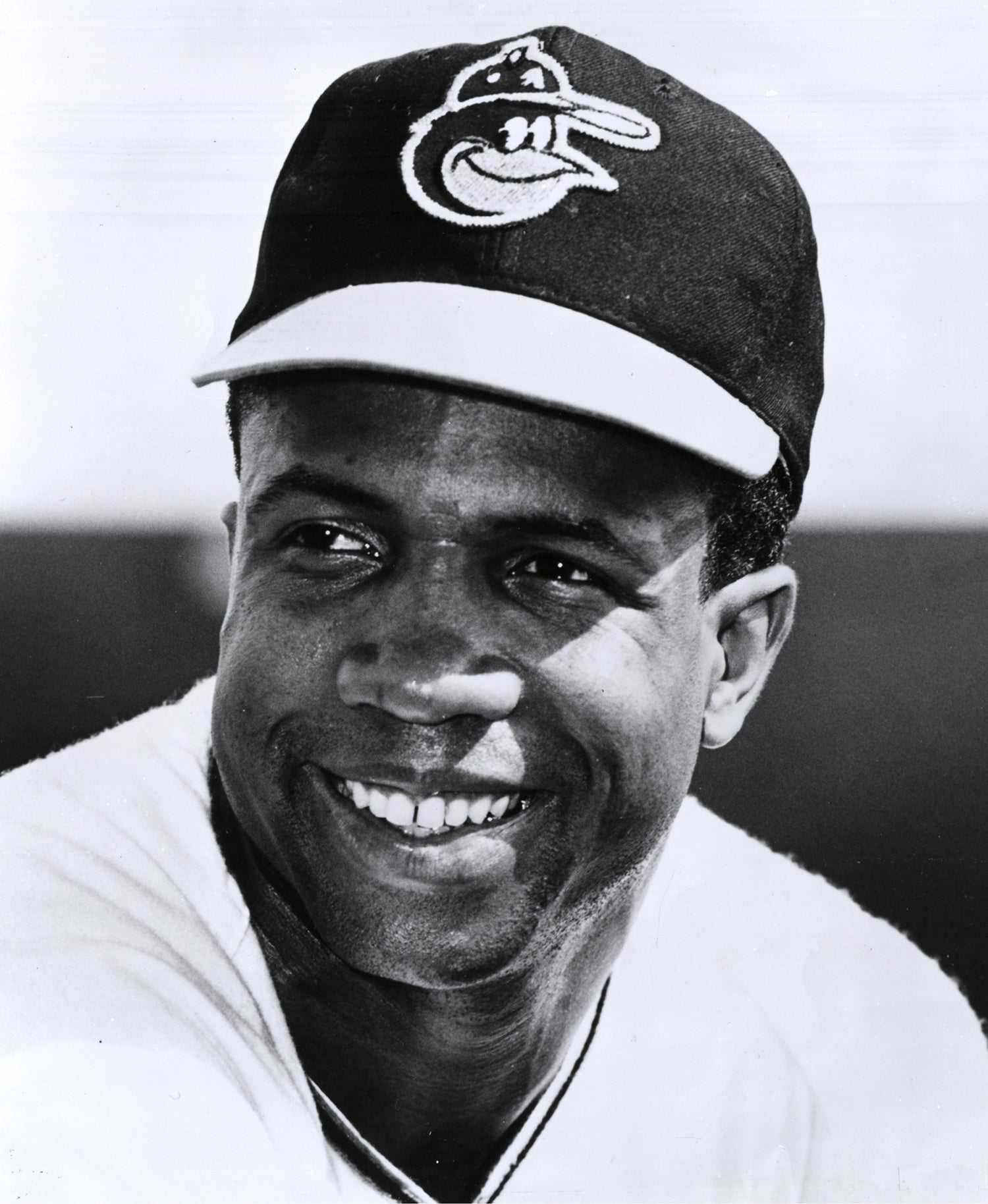- Home
- Our Stories
- White Sox retire Baines’ No. 3
White Sox retire Baines’ No. 3
When Harold Baines returned to Comiskey Park for the first time after the being traded to the Rangers, he received a warm welcome from the Chicago fans – as was expected.
But almost no one anticipated the surprise he got on Aug. 20, 1989, when the White Sox retired his No. 3 prior to the series finale. Baines, who sat out the game with a sore hamstring, wasn’t even informed that the ceremony would take place until that morning.
“We felt that if Harold had known about it, he wouldn’t show up,” White Sox chairman Jerry Reinsdorf told the Chicago Tribune.
Even as the ceremony took place, fans were a little confused as to what was happening
White Sox Gear
Represent the all-time greats and know your purchase plays a part in preserving baseball history.
Hall of Fame Membership
There is no simpler, and more essential, way to demonstrate your support than to sign on as a Museum Member.
“With an imperfect public-address system, no advance publicity and No. 3 joining other retired numbers on the right-field wall (that will come later), the crowd – 27, 518 boosted by a car-company promotion and Umbrella Day – seemed confused as to what was really going on,” Alan Solomon wrote in the Chicago Tribune.
Baines, who had spent 10 seasons with Chicago prior to the trade, was given a commemorative plaque along with a gold watch and chain from the White Sox, while shortstop Ozzie Guillén presented Baines with a set of golf clubs on behalf of his former teammates.
“I wasn’t expecting this,” Baines said. “It is very gratifying. A part of me will always be here.”
The 30-year-old Baines became the seventh player to have his number retired by the White Sox, following Luke Appling, Ted Lyons, Luis Aparicio, Nellie Fox, Billy Pierce and Minnie Miñoso.
Only a select few big leaguers like Frank Robinson and Phil Niekro had previously had their numbers retired by a team while still active.
Ironically, at the time his No. 3 was retired, Baines was wearing No. 13 for the Rangers. When he arrived in Texas, No. 3 was already taken by Rafael Palmeiro.
“I’m thinking of giving No. 3 to Harold next year,” Palmeiro told the Fort Worth Star-Telegram. “He certainly has the rights to it.”
Baines began his professional career with the White Sox, who drafted him with the No. 1 overall pick in 1977. After debuting in 1980, he quickly established himself as a force in Chicago’s lineup, claiming four All-Star selections and slugging 20 or more homers in a club record six consecutive seasons from 1982-1987.
But on July 29, 1989, the White Sox, then in last place in the AL West, traded their homegrown slugger to the Rangers in the deal that sent Sammy Sosa to the South Side.
“I find that there’s a big void in my life with Harold gone. This kind of helps ease the pain,” Reinsdorf said of the number retirement.
With his number retired, Baines was already enshrined in White Sox history, but his playing career was far from over. The future Hall of Famer would play 12 more big league seasons, including four more with the White Sox from 1996-97 and 2000-01.
Baines wrapped up his major league career in 2001 after 22 seasons with a .289 career batting average, 384 homers and 2,866 hits. He was inducted into the Hall of Fame in 2019.
Janey Murray was the digital content specialist at the National Baseball Hall of Fame and Museum
Related Stories

Baines makes history in Orioles' win over Cuba
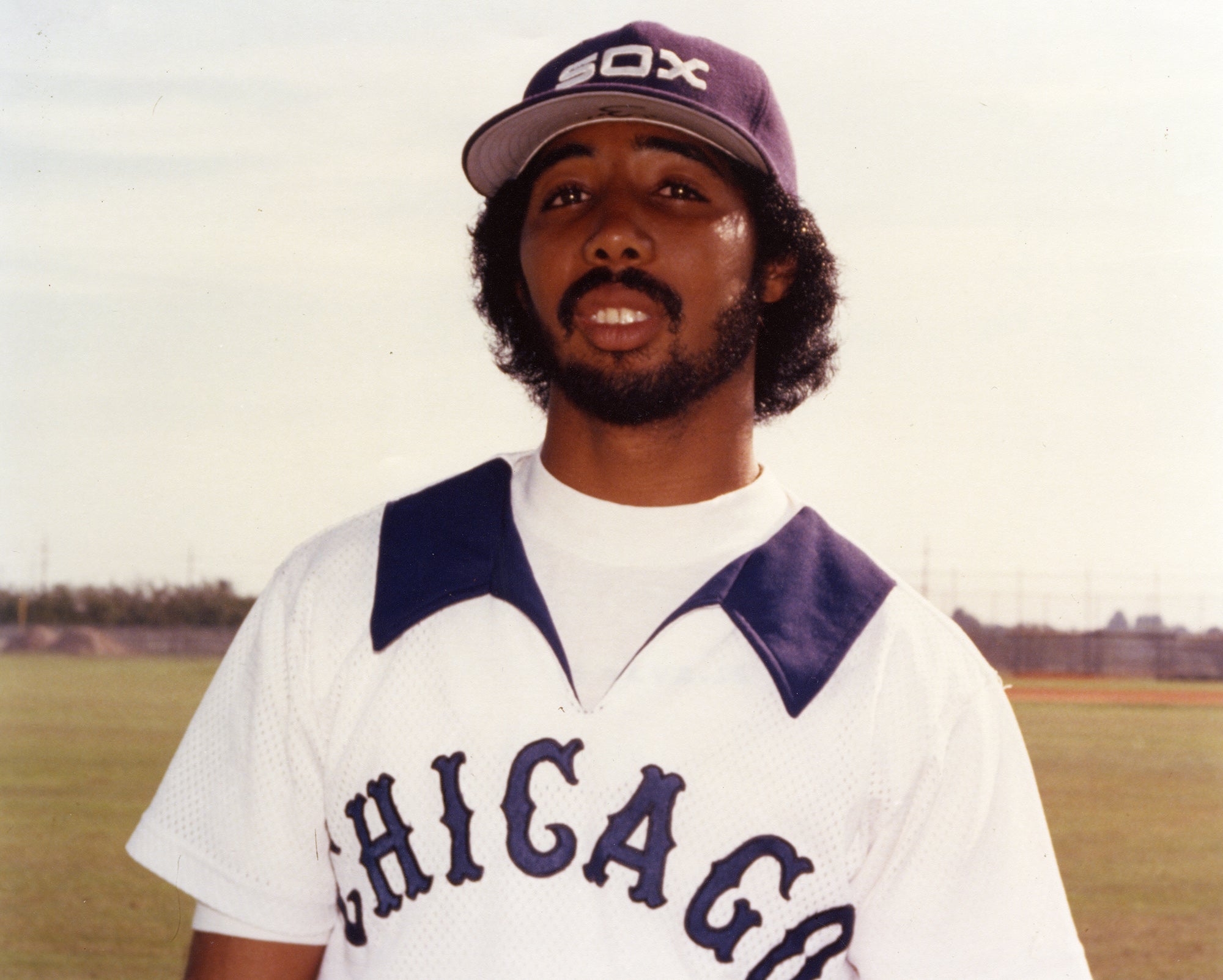
Baines’ blast ends longest game in AL history

Harold Baines tours Hall of Fame during Orientation Visit
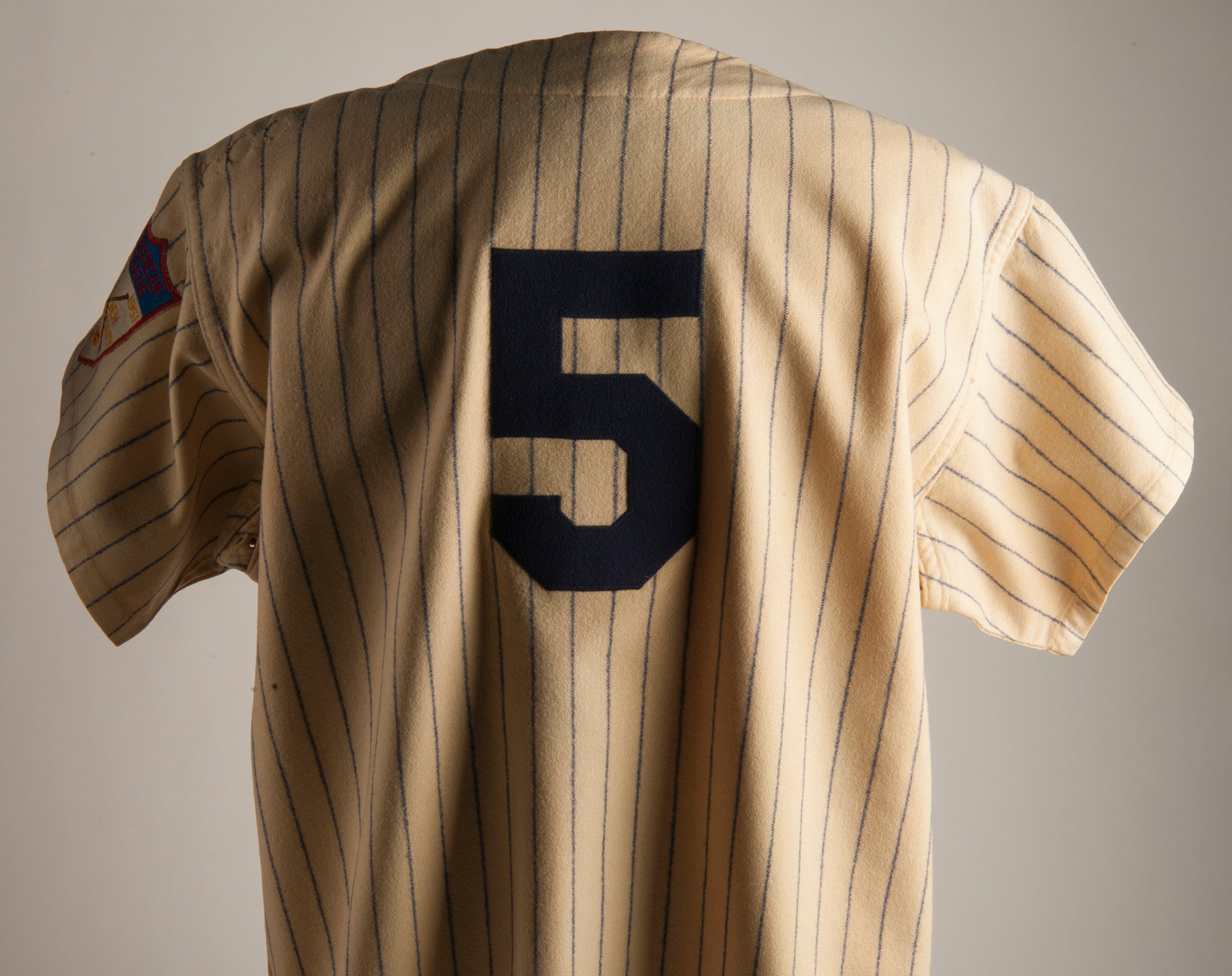
History of retired numbers dates back to Lou Gehrig Day

Baines makes history in Orioles' win over Cuba

Baines’ blast ends longest game in AL history

Harold Baines tours Hall of Fame during Orientation Visit


